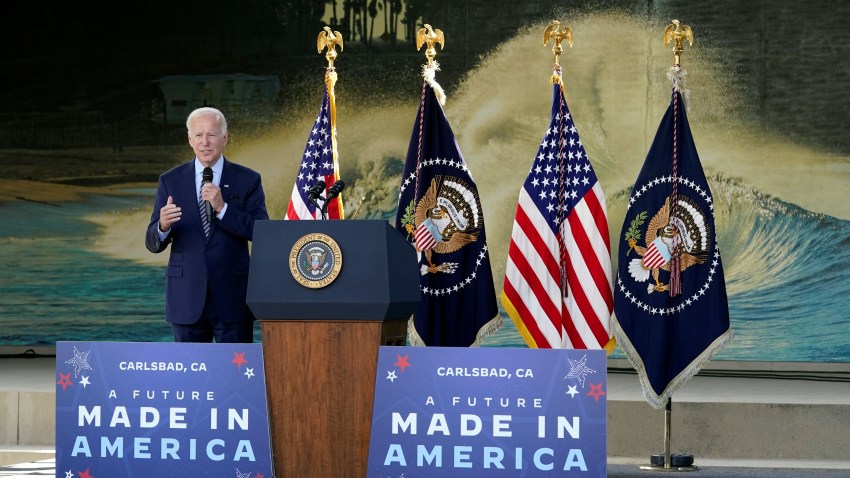One of former President Donald Trump’s first acts upon taking office in January 2017 was to withdraw the U.S. from the Trans-Pacific Partnership, or TPP. That trade deal—which had been negotiated and signed by the Obama administration, but not yet ratified by Congress—was meant to set high-standard rules of the road for Asia-Pacific trade integration that favored the U.S., to the detriment of China.
Through free trade deals had often faced domestic opposition in the U.S., that had historically come from the left wing of the Democratic Party aligned with the labor union movement. In general, though, a coalition of centrist Democrats and Republicans had been able to push through deals like the North American Free Trade Agreement, or NAFTA, as well as other less ambitious ones.
For this reason, Trump represented a sea change in the domestic politics of trade policy in the U.S., almost single-handedly bringing the Republican Party into line with his own longstanding hostility to free trade. He quickly followed up his withdrawal from the TPP by imposing tariffs on steel and aluminum imports from China, but also from U.S. allies and partners in Europe and Asia. Declaring that trade wars are easy to win, he subsequently slapped several rounds of tariffs on a broad range of Chinese goods, to which China responded in kind.

